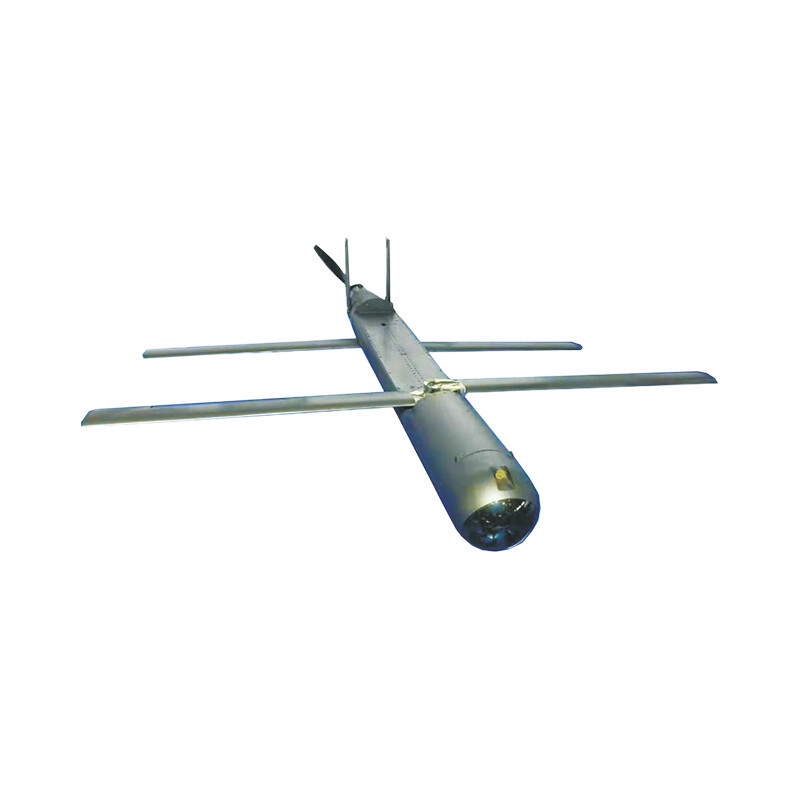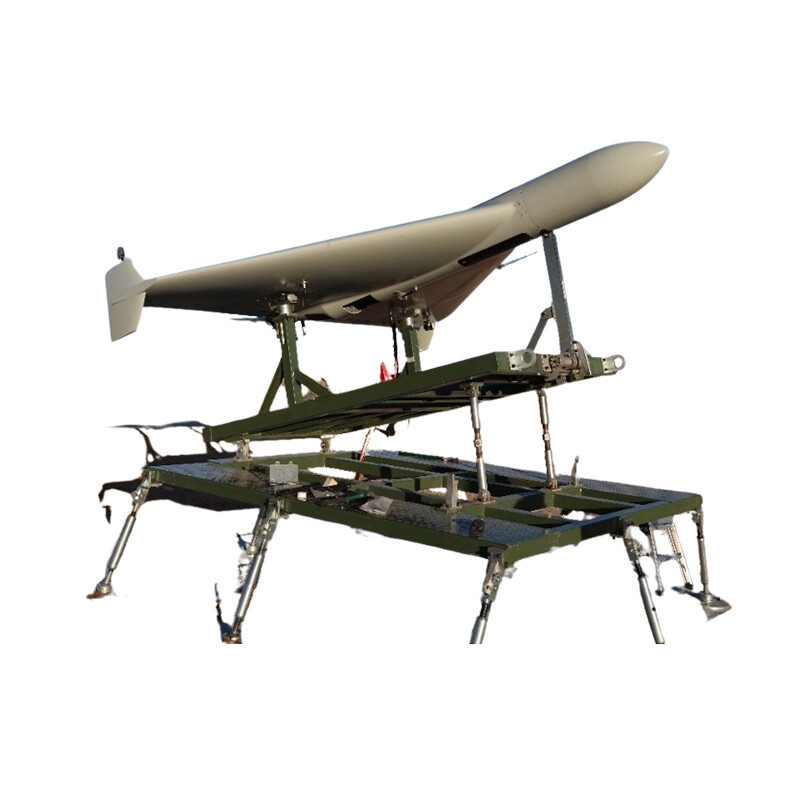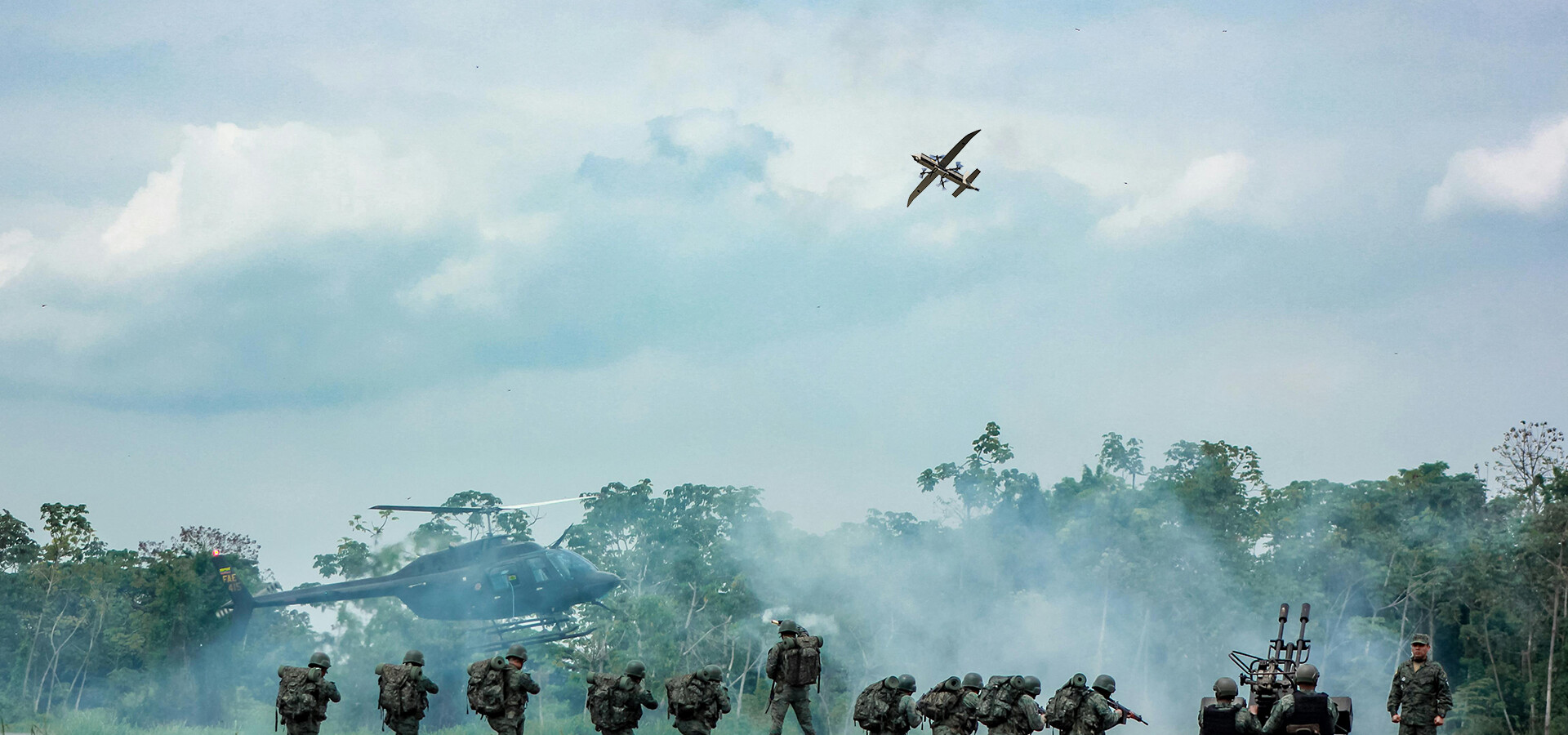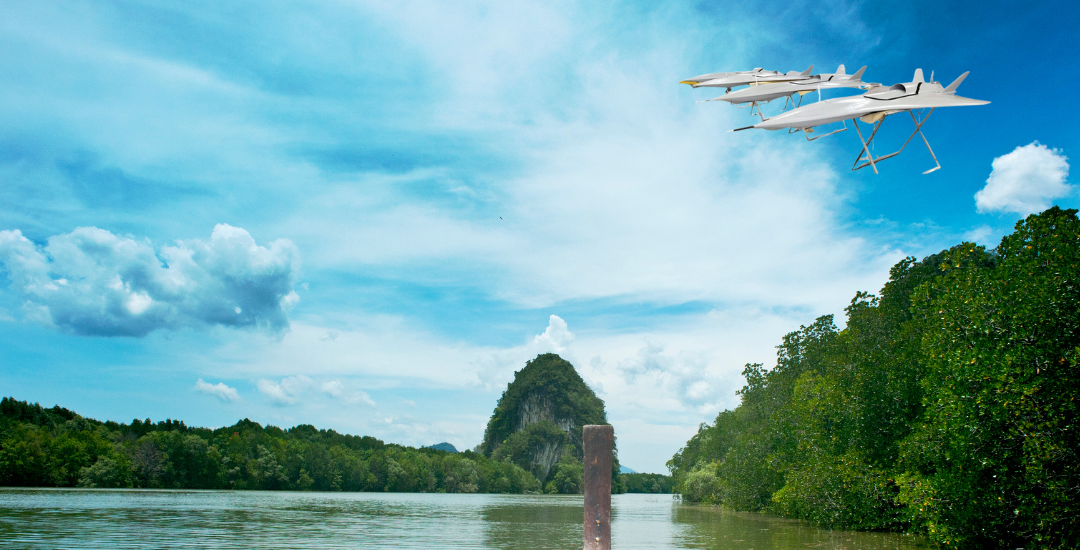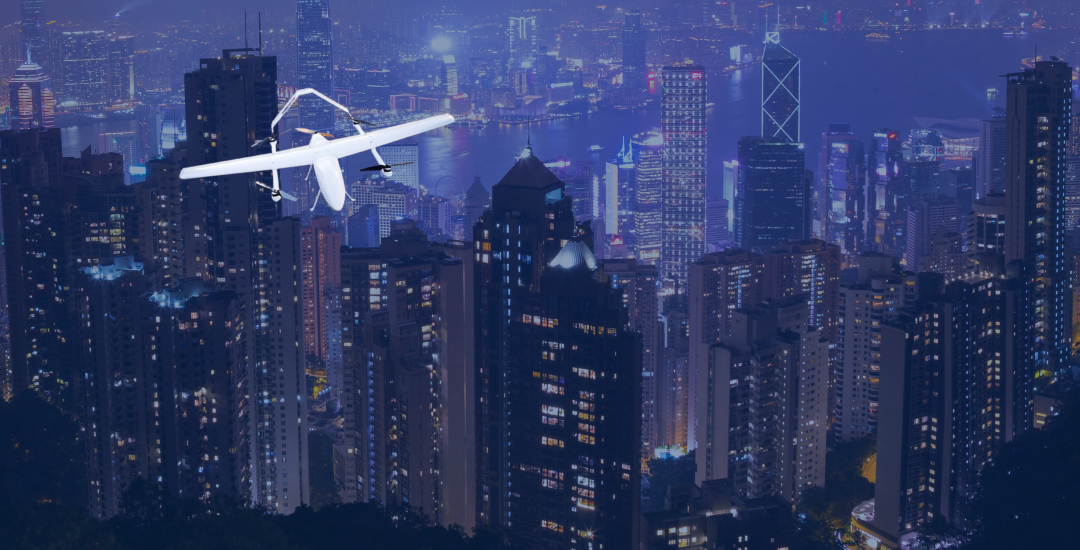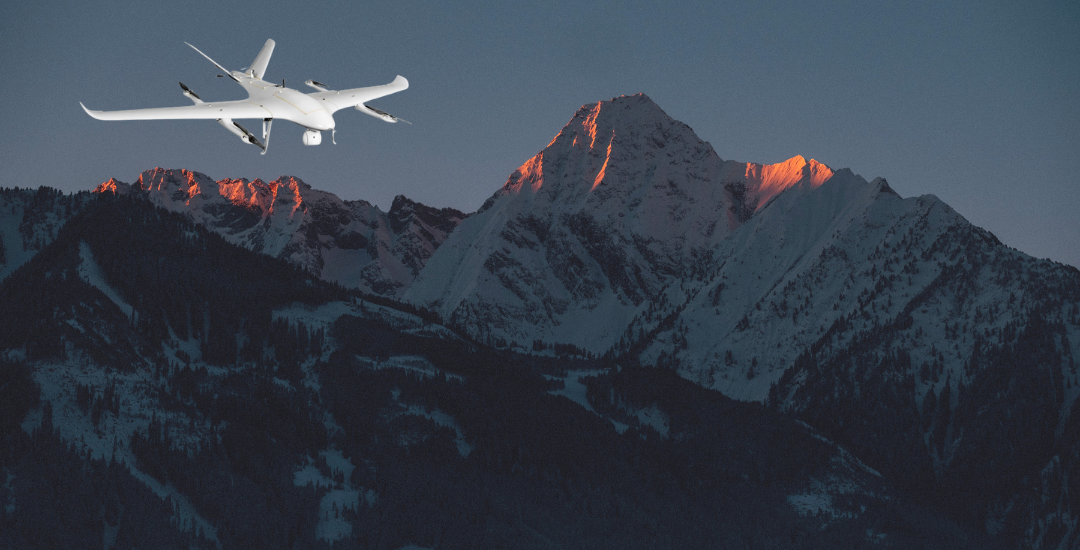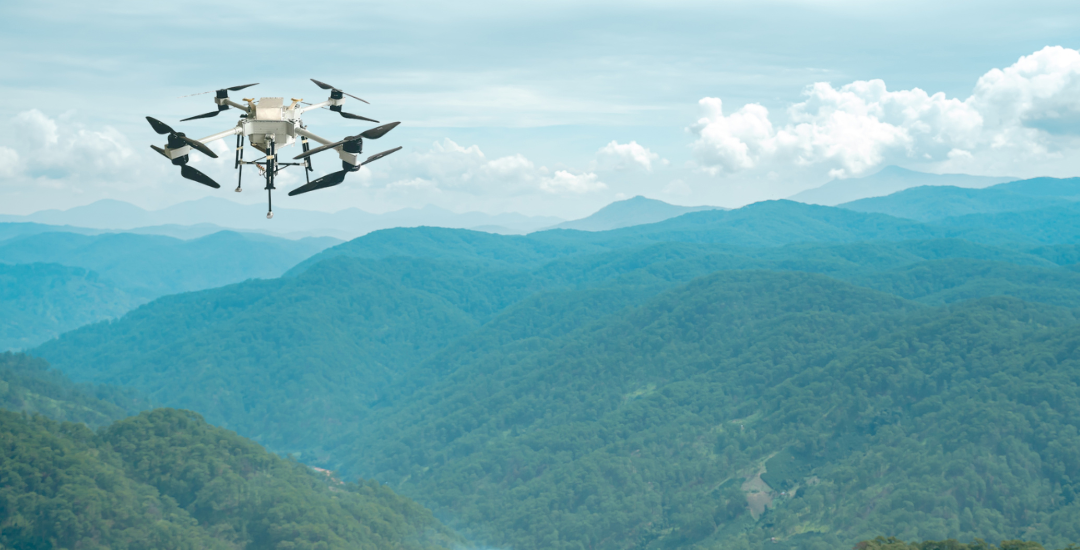NEWS
Home > News
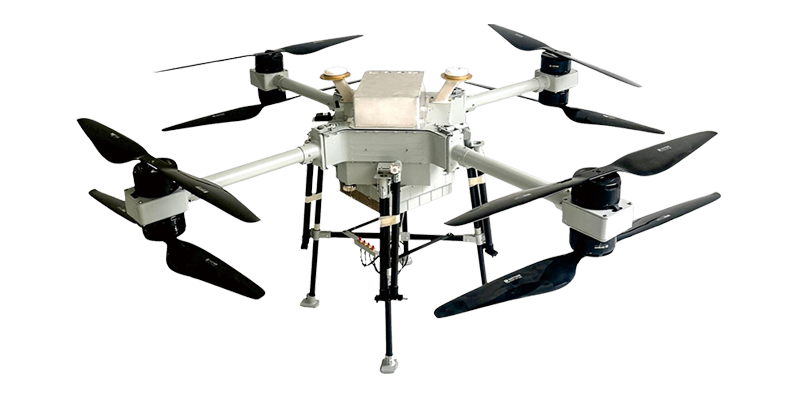

Long range fixed wing UAV (Unmanned Aerial Vehicles) have revolutionized industries like agriculture, surveillance, and logistics by offering unmatched endurance and efficiency. Despite their many advantages, operating these UAVs presents several challenges. In this blog, we address frequently asked questions about the difficulties associated with long range fixed wing UAVs and provide insights into overcoming them.

1. What Are the Biggest Operational Challenges for Long Range Fixed Wing UAVs?
The main operational challenges include:
- Launch and Recovery: Unlike multirotors, fixed wing UAV require runways, catapults, or nets for takeoff and landing, making them less versatile in tight spaces or uneven terrain.
- Navigation in Complex Environments: Navigating urban canyons or dense forests where GPS signals are weak can disrupt operations.
- Battery or Fuel Management: Extended missions depend heavily on reliable power sources, and any inefficiency can result in mission failure.
Solution: Opt for VTOL-capable fixed wing UAVs and invest in robust navigation systems with alternative positioning methods like visual odometry.
2. How Does Weather Affect the Performance of Long Range Fixed Wing UAVs?
Weather is a critical factor in UAV operations:
- Wind: Crosswinds or turbulence can destabilize fixed wing UAVs, increasing energy consumption.
- Rain and Moisture: Most fixed wing UAVs are not waterproof, and water can damage sensors and electronics.
- Temperature Extremes: Hot or cold climates can impair battery performance and structural integrity.
Solution: Choose UAVs designed with weather-resistant materials and components, and schedule flights during favorable conditions whenever possible.
Blueflyplus Long Range Fixed Wing UAV
3. Are Long Range Fixed Wing UAVs Expensive to Operate?
Yes, these UAVs can incur high costs due to:
- Initial Investment: Advanced UAVs with long endurance and high payload capacity can cost $50,000–$1,000,000.
- Maintenance and Repairs: Regular inspections, replacement of parts, and software updates are essential.
- Training and Licensing: Operators need specialized training, and licenses may be required for BVLOS (Beyond Visual Line of Sight) missions.
Solution: Conduct a cost-benefit analysis to ensure the UAV aligns with your operational goals. Renting or leasing may be viable for short-term projects.
4. What Are the Regulatory Hurdles for Long Range Fixed Wing UAVs?
Regulations vary by country but often include:
- Airspace Restrictions: Most nations require UAV operators to avoid restricted zones like airports and military installations.
- BVLOS Permissions: Flying beyond the operator's visual range demands special permits, which can be challenging to obtain.
- Weight and Altitude Limits: Many jurisdictions have strict rules on maximum UAV weight and flight altitude.
Solution: Work closely with regulatory authorities to understand local requirements and apply for permits well in advance of operations.
Blueflyplus Fixed Wing Vtol UAV
5. How Can Data Management Be a Challenge for Long Range Fixed Wing UAVs?
Long range missions generate large volumes of data, leading to challenges such as:
- Storage: High-resolution images and sensor readings require significant storage capacity.
- Transmission: Transferring data from the UAV to ground control during flight can be hindered by distance and interference.
- Analysis: Processing and interpreting data, especially for real-time applications, requires advanced software and computing power.
Solution: Use UAVs equipped with onboard data compression and processing capabilities. Cloud-based platforms can help manage, analyze, and store large datasets efficiently.
6. How Do Security Risks Impact Long Range Fixed Wing UAV Operations?
Security risks include:
- Hacking and Cyber Threats: UAVs rely on wireless communication, making them vulnerable to interception or hijacking.
- Data Theft: Sensitive data collected during missions could be exposed to unauthorized parties.
- Unauthorized Access: Losing control of a UAV due to hacking or hardware malfunctions can pose safety and privacy risks.
Solution: Secure communication channels with encryption, regularly update firmware, and employ anti-jamming technologies.
7. What Are the Payload Limitations of Long Range Fixed Wing UAVs?
Payload capacity is often limited by:
- Weight Restrictions: To maintain endurance, these UAVs can only carry lightweight sensors or equipment.
- Power Consumption: High-energy payloads like LiDAR or advanced cameras drain batteries faster, reducing range.
Solution: Evaluate payload requirements during the selection process and opt for UAVs optimized for specific mission types.
8. Why Is Operator Training Essential for Long Range UAVs?
Long range UAVs demand expertise in:
- Flight Planning: Setting up efficient routes while avoiding restricted zones.
- Navigation Systems: Understanding telemetry and autopilot features.
- Emergency Protocols: Handling technical issues like power failures or GPS loss.
Solution: Invest in comprehensive training programs and practice missions to build operator confidence and skill.
9. How Do Long Range Fixed Wing UAVs Impact the Environment?
Potential environmental concerns include:
- Noise Pollution: UAVs, especially larger models, may disturb wildlife or nearby communities.
- Wildlife Interference: Flying in natural habitats can disrupt ecosystems.
- Waste Management: Disposing of outdated batteries or components raises sustainability issues.
Solution: Use quieter propulsion systems, avoid sensitive areas during flights, and partner with recycling programs for proper disposal.
10. How Can Emerging Technologies Help Address These Challenges?
Innovations are helping overcome many of these hurdles:
- AI Integration: AI-powered navigation improves autonomy and collision avoidance.
- Advanced Batteries: Solid-state and lithium-sulfur batteries are extending flight times.
- Hybrid Designs: Combining fixed wing and rotary capabilities addresses launch and landing limitations.
Future Outlook: As technology advances, many current challenges will diminish, making UAVs more accessible and efficient.
Conclusion
While long range fixed wing UAVs come with their fair share of challenges, understanding these issues helps operators make better decisions and adapt to potential obstacles. By leveraging advancements in technology, training, and regulatory compliance, these UAVs can be used effectively across industries.
SHARE:
Send a Message
RECENT POSTS
 How VTOL Drones Are Transforming Delivery Services2025-03-28
How VTOL Drones Are Transforming Delivery Services2025-03-28 VTOL Drones vs. Fixed-Wing & Multirotor: Pros and Cons2025-03-21
VTOL Drones vs. Fixed-Wing & Multirotor: Pros and Cons2025-03-21 Top 10 Safety Tips for Operating VTOL UAVs in Urban Areas2025-03-14
Top 10 Safety Tips for Operating VTOL UAVs in Urban Areas2025-03-14 Choosing the Right Fixed-Wing UAV for Your Needs2025-03-07
Choosing the Right Fixed-Wing UAV for Your Needs2025-03-07 What Is a VTOL Aircraft? A Beginner’s Guide2025-02-24
What Is a VTOL Aircraft? A Beginner’s Guide2025-02-24
Get in Touch
Please use the form below to get in touch.
If you need a reply we will get in touch as soon as possible.

